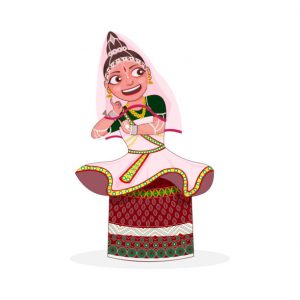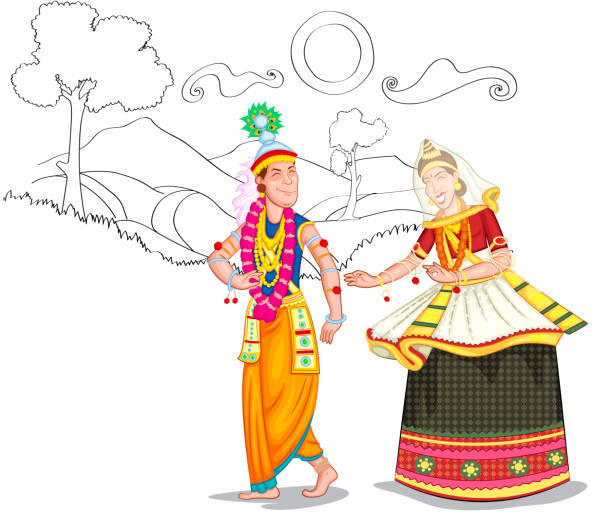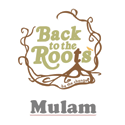Manipuri
Rasa Leela – The love between Krishna and Radha is elegantly depicted in the Manipuri dance form which is one of the classical dance forms of India. Manipuri is especially noted for themes based on Vaishnavism and the spellbound performance of Rasa Leela.
The dance form is named after the northeastern state of Manipur, India from where it originated, but it has its root in Natya Shastra, the age-old Sanskrit Hindu text. The stories for dance styles are taken from Ramayana and Mahabharatha, where the native dance experts of Manipur are referred to as ‘Gandharvas’. This dance is performed during Hindu festivals and other important cultural occasions like marriage.


Manipuri people often consider themselves Gandharvas mentioned in Vedic texts who were singers, dancers, and musicians associated with devas. It is indigenous to Manipur and is characterized by a variety of forms that are linked to folk tradition and rituals. Another important aspect of this dance form is during the dance interpretations a narrator may chant dialogue and descriptive action, interspersed with choral singing.
The costumes of Manipuri dancers are unique from other classical dance forms. A male dancer rubs a bright-colored dhoti, also that covers the lower part of his body from the waist. It gives dancers the flexibility to perform their footwork. The costumes of female dancers resemble that of a Manipur bride referred to as Potloi costumes. The kumil costume is an exquisitely embellished long skirt in the shape of a barrel with a stiffened bottom.
The entire get-up of the dancers performing gracefully, on stage complimented with devotional music gives the feel of watching floating apsaras. Imminent Manipuri performers include Guru Bipin Singh, Nayana, Ranjana and Suvema, Charu Mathur, and Devayani Challa among others

